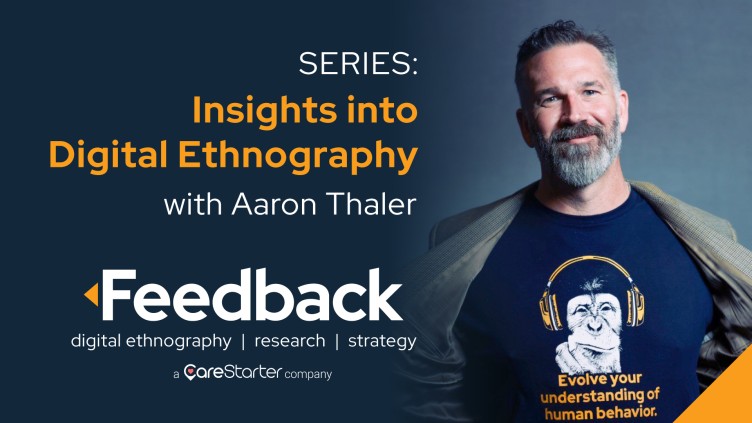From healthcare facilities to the auto industry and logistics giants like UPS, employee strikes have been disrupting services and drawing attention to workplace issues. These incidents raise a crucial question: Could these strikes have been prevented? Feedback believes they could, through the strategic application of behavioral science and digital ethnography.
The Intersection of Behavioral Science and Digital Ethnography
While digital ethnography delves deep into the spontaneous sentiments and behaviors expressed by stakeholders—in this case, employees—behavioral science provides the frameworks and theories to understand these actions. This synergy allows organizations to move beyond mere observation to predictive and prescriptive solutions for workforce satisfaction.
The Limitations of Conventional Approaches
Conventional approaches, such as employee surveys or focus groups, often fall short of capturing the complete scope of employee discontent. While these methods certainly have their advantages, digital ethnography provides the profound psychological insights needed uncover the true underlying reasons behind employee dissatisfaction. This is where behavioral science plays a pivotal role, a lens through which to decipher data and formulate actionable strategies.
Capturing the Unsaid, Understanding the Unseen
Digital ethnography picks up conversations and opinions “in the wild,” providing an unfiltered view of employee sentiments. Our technique takes it a step further by helping to understand the ‘why’ behind the ‘what,’ focusing on the underlying psychological triggers that could lead to strikes if not addressed.
Case Study: Echoes in Healthcare – Cracking the Burnout Code
When your entire mission is listening, you start to hear patterns across time, industries, demographics, geographies, and even whole populations. One such echo we have been tracking is the crescendo that began with the sharp rise of clinician burnout behavior in the summer of 2020 but now vibrates alongside the sounds from an adjacent audience: pharmacists. In our new white paper, we explore how understanding the insights and discussion of one special type of stakeholder has allowed us to see the potential future in another. Click here for the full report.
The Strategic Advantage
What sets this approach apart is its iterative nature. Insights gained aren’t just used to put out fires; they’re integrated into continually evolving strategies that preempt discontent and nurture a positive work environment. By understanding not just the fact of discontent but the psychology behind it, organizations can address issues at their root.
Employee strikes can be prevented, but it requires a deeper understanding of workforce dynamics. Our behavioral science / digital ethnographic approach offers a robust, nuanced view of employee sentiment and behavior. By strategically applying these insights, organizations can not only defuse existing tensions but foster a culture of mutual respect and satisfaction.
In a world where employee satisfaction is directly tied to productivity, brand image, and patient satisfaction – isn’t it time your organization embraced a more insightful approach? Schedule a Consult today to learn how Feedback can help you gain deeper insights for your organization.

